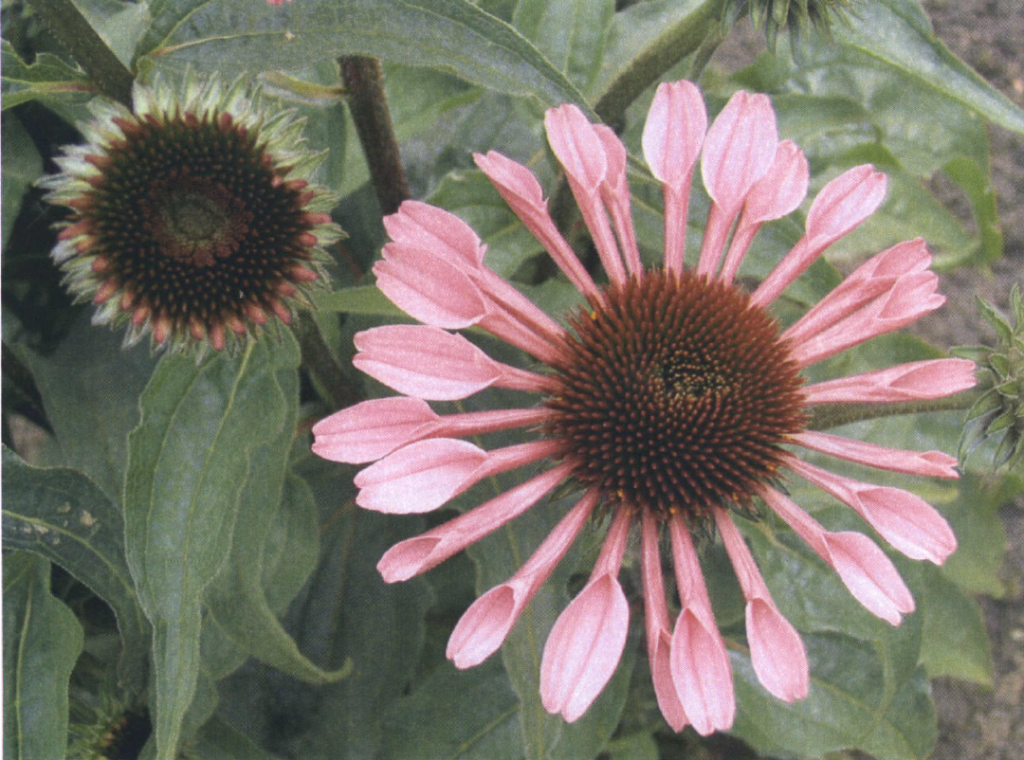The U.S. patent collection is a fabulous record of the history of innovation in the United States, and the rest of the world. But in recording the history of technology, that patent collection also captures glimpses of the broader history of society.
So, before December 7, 1941, there are several references to Pearl Harbor (in the Territory of Hawaii), but always as a place (the address of an inventor). See, for example, U.S. Patent No. US1677261, US1854268, and US2234109. After December 7, 1941, “Pearl Harbor” took on a new meaning as an event, rather than simply a place, reflecting the horrific events of that day, For example US2401521, filed in 1944, on a bomb site, references the “disaster” are Pearl Harbor:
US2471496 filed in 1945 on reclaiming scrap of natural rubber mixed with buna-s, references Pearl Harbor:
US2484051 refers to Pearl Harbor as a point of geographic and historical interest:
US6022637 identified the filing date of a prior art patent with reffe Eleven days after Pearl Harbor (Dec. 18, 1941), Bert Adams applied for a patent on his battery
US8584226 references Pearl Harbor, showing its impact
US8521512 even identifies Pearl Harbor as a “concept”:
US10300779 refers to a possible digital “Pearl Harbor” event:
It is interesting to hear the echo of historical events in the timeline of technology that is the USPTO patent collection.

































